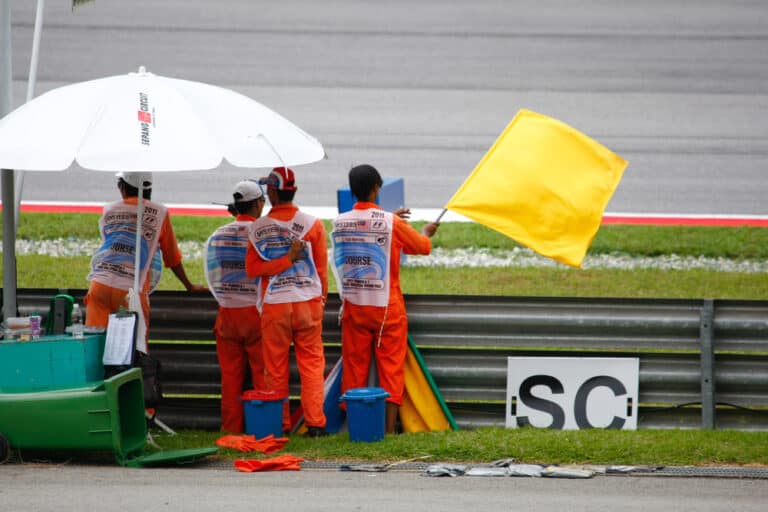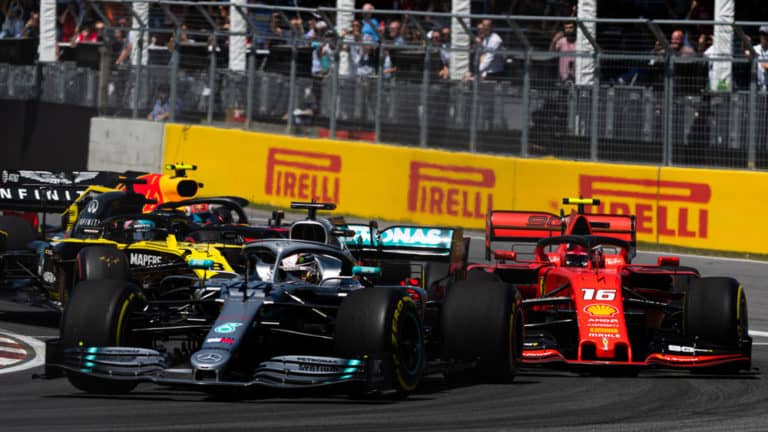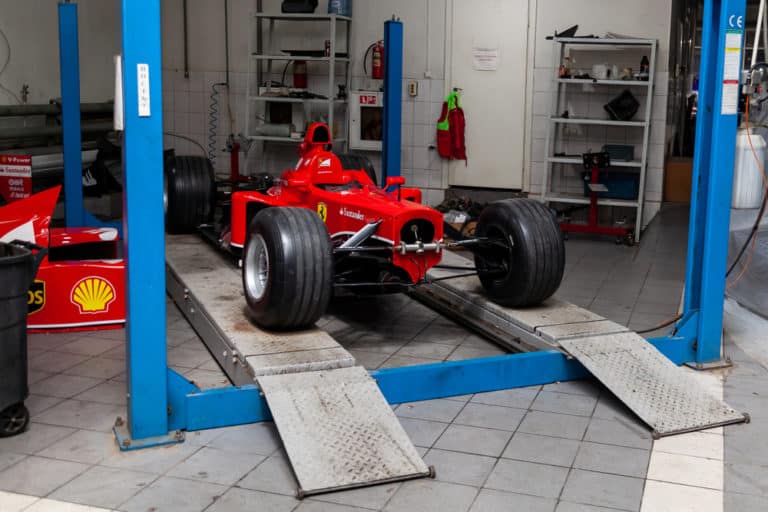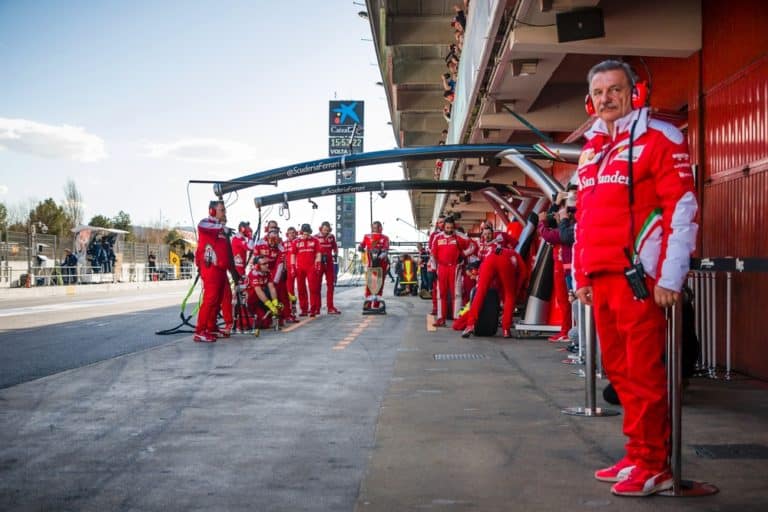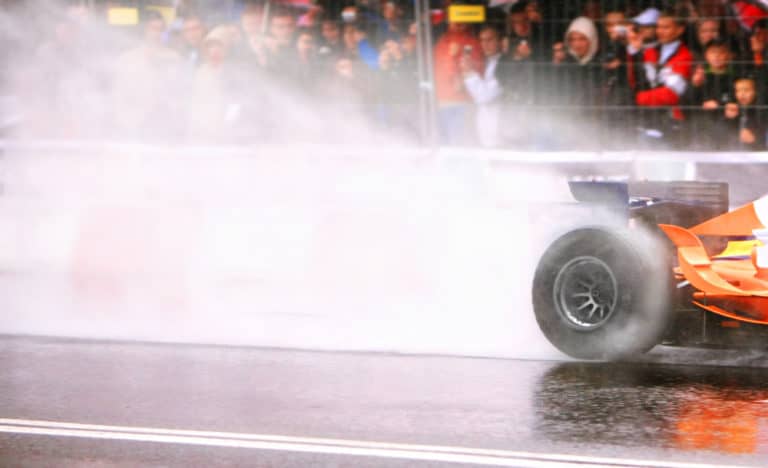If you love the world of motorsport like myself, then I am sure that you have also had to choose which type of motorsport to watch on television at one point or another. A lot of people are torn between NASCAR, Formula 1, and Indy. Which one is the best? We are going to compare the three of them in this post.
Motorsport enthusiasts have their own favorite between NASCAR, F 1, and Indy. All three types of motorsport have excellent selling points of their own. NASCAR is a family sport, F1 is world-famous, and even F1 Champs competed in the Indy 500. All three types of motorsports deserve to be looked at in detail.
Even though there are some die-hard supporters of a specific type of motorsport, we will look at three kinds of motorsport. They are: NASCAR, Formula 1, and Indy, the aim of this post, is to get more clarity and information on these types of motorsport and hopefully also generate more support.
If you’re looking for some F1 merchandise, check out the awesome stuff at the official F1 store here.
NASCAR Racing
NASCAR has been around since 1947, even though the first official NASCAR race was only on 15 February 1948. The winner of this race was Red Byron, and he won it in a Ford motorcar. Since then, Nascar has turned into a world-famous motorsport. Even though the biggest fan base is in the USA and Canada, we will look at why it is so popular in this post.
The Main Fundamentals Of Nascar Racing
In this section of the post, we will be looking at the basic fundamentals of NASCAR from the start of a race to the end of a season.
- 40 cars will line up at the starting blocks, it used to be 43, but they reduced the number of vehicles allowed. This lineup is decided by having a qualifying lap.
- Vehicles are not allowed to hit each other on purpose, but because cars travel so close to each other, they do get hit at times. It is a very competitive sport with passionate drivers.
- The drivers and their vehicles complete laps around the oval circuit. A race lasts 3 hours, and hundreds of laps can be completed by driver and vehicle. Lap rules apply to all drivers.
- Officials communicate to drivers using flags, and race winners are decided based on laps and times; penalties are also given when the rules are not followed.
- Series winners are crowned at the end of the series after tallying up the points accumulated during the season.
Vehicle specifications for Nascar
It is only fair to examine the mean machines used in NASCAR racing, so here are the specifications :
- The overall length of a NASCAR vehicle: 193.3”
- Overall height of a NASCAR vehicle: 50.2”
- Weight of a NASCAR vehicle: 3,200lb (without driver and fuel)
- Width of a NASCAR vehicle: 78.4”
- The wheelbase of a NASCAR vehicle: 110″
- Horsepower of a NASCAR vehicle: 670 hp or 550 hp based on the track
- Transmission of a NASCAR vehicle: 5-speed sequential shift (including the reverse)
The top speed average for a NASCAR vehicle is 200 miles per hour or 321 kilometers per hour.
What Makes NASCAR Racing so popular
For a motorsport that has basically only left turns, NASCAR is hugely popular; the reason for this is that motorsport is not as complicated as some other sports, which means that the entire family can follow it. I think this is probably the main reason for the success of NASCAR. I also did not get what all the hype was about until I attended a live event.
I was amazed at the atmosphere and the good old family fun that went with the event. I also met some of the drivers, and they were very down to earth. I have been following NASCAR ever since that occasion, and I would recommend it to any family. I also love watching NASCAR on a Sunday when I can not make it to a race.
Formula 1 Racing
Before F1 was as we now know it, there was Grand Prix racing that originated in 1895, as races between different towns in Europe. Modern formula one racing that we know started in 1950. The first season of formula 1 started 13 may 1950 and concluded on 7 September 1950, with Guiseppe Farina being victorious after a total of 7 races.
The Main Fundamentals of Formula 1 Racing
In this section of the post, we will be looking at main fundamentals of Formula 1 racing.
- 10 teams with two vehicles and drivers each start the season off. The regulation allows for a maximum of 26 vehicles.
- 20 Vehicles and drivers are lining up in the starting blocks. Racing for 78 laps
- This formula 1 season will have 23 races on different circuits.
- The winner of the season will be crowned after the completion of the racing season.
Vehicle specifications for Formula 1
It is only fair to examine the mean machines used in Formula 1 racing, so here are the specifications :
- Chassis of an F1 Vehicle − Formula One cars these days are made from carbon fiber and ultra-light components. The weight may be no less than 702 kg or 1548 lbs; it includes the driver and tires but excludes the fuel.
- The dimensions of a Formula 1 car must be a maximum of 180 cm (w) × 95cm (h); there is no specific number for maximum length, but all cars tend to be the same length.
- The engine of an F1 Vehicle − According to regulation changes made in 2014, all Formula1 cars must use a 1.6-liter turbocharged V6 engine.
- The gearbox of an F1 Vehicle – Semi-automatic sequential carbon titanium gearboxes are used by Formula 1 cars currently, with 8 forward gears and 1 reverse gear, sporting rear-wheel drive.
- Steering Wheel of F1 Vehicle – steering wheels of Formula 1 vehicles are equipped to perform many functions like gear changes, changes to brake pressure, calling the control radio, and fuel management.
The top speed average for a Formula 1 vehicle is 223 miles per hour or 360 kilometers per hour.
What Makes Formula 1 Racing So Popular
Out of the three types of motorsport I am writing about, Formula 1 has to be my favorite because of the speed that these vehicles move around very tricky circuits. The sound that comes from these turbo vehicles is another added bonus. The drivers also have to possess an exceptional skill set to control these fast aerodynamic road rockets.
Out of all types of motorsport, the drivers are probably also the most famous across the world. The circuits also contribute to my love for this type of motorsport because it is not limited to one country, but races take place worldwide. People also love this sport because of the sports betting that takes place in different parts of the world.
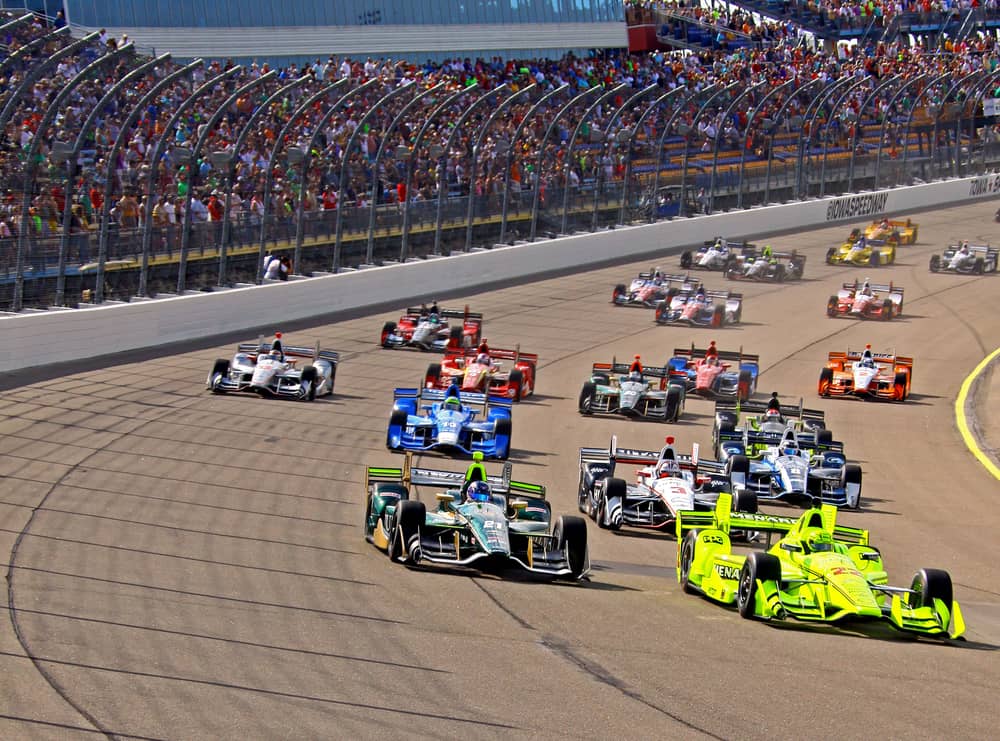
Indy 500 Racing
Unlike most other types of motorsport that have an entire season, the Indy 500 race takes place once a year as a single race. The Indianapolis 500 started in 1911, and a driver named Ray Harroun won the first race in a Marmon. He traveled the 500 miles in a time of over 6 hours and 42 minutes. The Indy 500 is a race of 500 miles meaning 200 laps around the 2.5-mile circuit.
The main fundamentals of Indy 500 Racing
In this section, we are going to look at the main fundamentals of Indy 500 racing.
- Two days of qualifying takes place to ensure a place in the starting blocks.
- 33 vehicles and their drivers line up at the starting blocks.
- The racecourse is 2.5 miles long and has 4 sharp corners. Driver and vehicle complete 200 laps around the circuit.
- The winner of the race is crowned on the same day.
Vehicle specifications for Indy 500
It is only fair to examine the mean machines used in Indy 500 racing, so here are the specifications :
- The engine of an Indy vehicle- Twin-turbo 2.2-liter V6
- Horsepower of an Indy vehicle – Between 550 – 700 dependant on turbo boost.
- The gearbox of an Indy vehicle – Assisted six-speed paddle-shift box with reverse.
- The wheelbase of an Indy vehicle – Between 117.5-121.5 (inches)
- Weight of an Indy vehicle – Approximate 1,700 pounds for road/street courses, approximate 1,690 pounds for short oval configuration, and 1,655 pounds for speedway configuration, without fuel, driver, and driver weight added in.
- Height of an Indy vehicle – Approximate 40 inches
- Width of an Indy vehicle – 76.5 lbs maximum, 75.5 lbs minimum, (75.75 inches minimum for ovals) measured outside from rim to rim
The top speed average for an Indy 500 vehicle is 236 miles per hour or 380 kilometers per hour.
What Makes Indy 500 Racing So Popular
Well, for one, it is a one-day sporting event filled with fast cars on one of the most iconic circuits around the globe. Most people do not know that Grand Prix drivers competed in the Indy 500 because of issues they had with their own respective motorsport. Two days of qualifying and 500 miles of racing is what makes this sport so unique.
Who can argue that the Indy cars are the fastest between these three types of motorsport? Indy 500 vehicles are high-speed, so drivers are skilled and well respected. The Indy 500 is also well known for its history and traditions, one of them drinking milk in victory lane. This tradition has been in place since 1956.
What Do the Flags Mean in NASCAR, F1, and Indy
Flags are the method that race officials use to communicate with drivers. Here are the different flag colors and what they mean :
NASCAR
- A Green flag in NASCAR means: The flagger waves this flag to start or recommence a race.
- Yellow flagin NASCAR: Means NASCAR officials have called for a caution period because of an accident or junk on the track that makes driving conditions too dangerous. So get behind the pace car.
- A red flag in NASCAR: When they see the flagger wave a red flag, drivers need to stop on the track in a designated safe area. It means it isn’t safe for drivers to circle the track because of inclement weather or poor track conditions.
- A black flag in NASCAR: When the flagman waves a black flag at a driver, that driver must immediately get off the track and go to the pits. He did something he wasn’t supposed to, or his car isn’t fit to be on track.
- Blue flags that have a diagonal yellow stripein NASCAR: This flag alerts a driver that a faster, lead-lap car is about to pass him, and he must yield to that car.
- White flag in NASCAR: This flag means that the race leader has one lap to go in the race.
- Checkered flag in NASCAR: When the checkered flag waves, a driver has crossed the finish line and won the race.
- Green–white–checkered flag sequence in NASCAR: If there is a caution during the final laps, this flag sequence announces that there will be a green-flag restart of a couple of laps. The green flag is a signal that it is the first lap of the restart. The white flag signals that the final lap leads to the black and white checkered flag. It was added in 2004 to make sure that a race doesn’t end under caution. Races get only one chance for a green-white-checkered finish. If a caution waves during a green-white-checkered finish, the race is over.
Indy and F1
- A green flag in Indy and F1 racing means to start or go.
- A blue flag in Indy and F1 racing means allowing a faster car to pass.
- Yellow flags in Indy and F1 racing means caution! The car should slow down.
- Black flags in Indy and F1 racing means drivers should return to their pit.
- Red flags in Indy and F1 racing means to stop the race.
- A white flag in Indy and F1 racing signals that there is one lap left in the race.
- A checkered flag in Indy and F1 racing means the race has finished!
Conclusion
NASCAR, F1, and Indy racing have great selling points of their own. I prefer to watch F1 on the television because the racing takes place on different circuits worldwide. I like watching NASCAR at live events because of the great atmosphere. As for Indy, it’s an excellent motorsport with a great legacy that none can compare to; even Grand Prix champs took part in the Indy 500.

